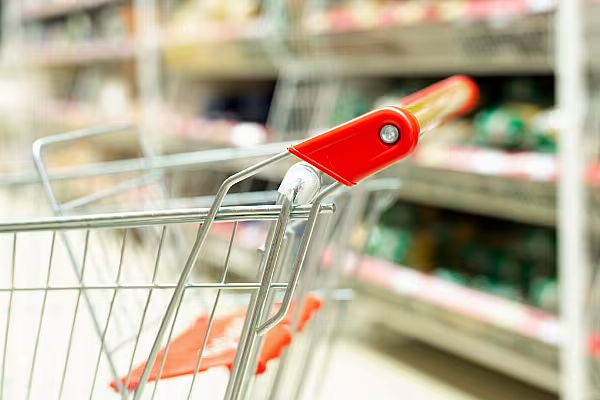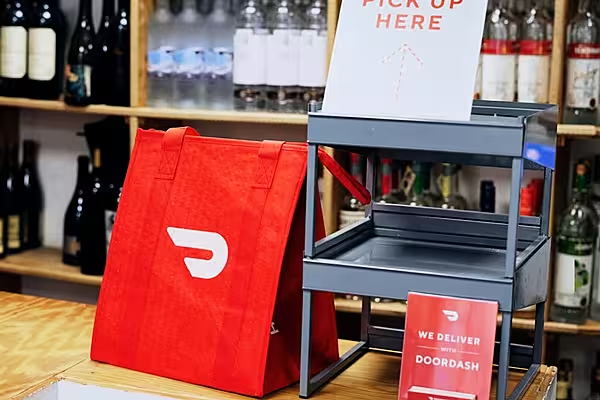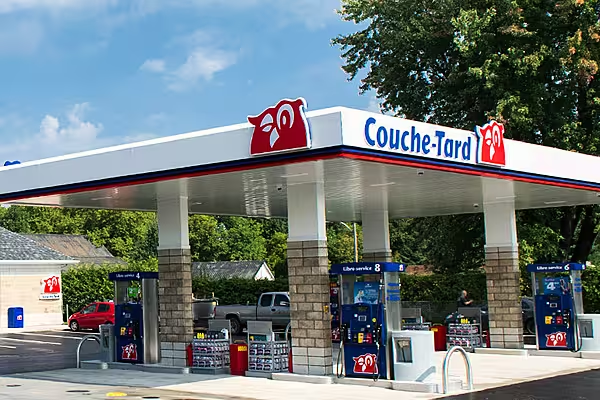Central European retailers and manufacturers need to reassess their offerings to effectively meet customer demands and shrinking budgets, according to new research by McKinsey & Company.
The study, which surveyed around 4,500 CE consumers and interviewed regional retail and CPG leaders, underscores key factors driving market changes this year.
Based on the findings of the study, McKinsey identified four key factors that could help retailers and manufacturers attract and engage new shoppers in the region. These include:
1. Affordable Grocery
Rising inflation has compelled consumers to allocate more of their disposable income to groceries, with almost 60% of consumers in Central Europe (CE) reporting higher spending on groceries compared to the previous year.
At 7 p.p. more than their Western European (WE) counterparts, CE consumers are more inclined to trade down to keep spending in check following almost 3 p.p. higher inflation rate in CE compared to WE, the study noted.
More than half of CE consumers (54%) intend to increase shopping at budget-friendly retailers to save money this year and beyond.
The survey also found that 53% of shoppers plan to save money by opting for private-label brands, 51% by choosing lower-priced options, and 48% by reducing overall grocery volume.
Additionally, 58% of shoppers in Central Europe are stocking up on products when they find attractive prices.
The tendency among consumers to save money is driving shifts in-store formats, with discounters maintaining momentum in Central Europe at the expense of other formats.
Discounters in the region have seen a compound annual growth rate (CAGR) of 4% to 12% in terms of retail value across countries included in the survey, while traditional non-chain stores and hypermarkets have experienced declines.
Moreover, premiumisation is no longer a primary concern with 15% of CE consumers as they plan to reduce purchases of high-quality premium foods, with Czechia (21%), Ukraine (24%), and Croatia (25%) leading the way.
The survey also showed that 43% of CE consumers intend to curtail spending on alcohol, while 50% plan to reduce expenditures on snacks and confectionery products.
2. More For Less
Around 20% of shoppers in CE said they would focus on healthy eating and nutrition from 2023, which is 11 p.p. less than their peers in WE.
Shoppers are more likely to cut back spending on sustainable and healthy choices that surpass their budget as 54% of consumers cited price as a top concern.
Among the most desirable attributes of a store, convenient location tops the list with research showing that consumers expect stores to be located nearby, offer suitable discounts and promotions, and provide a pleasant and streamlined shopping experience.
In Poland, Czechia, Croatia, and Ukraine, only around 30% of respondents said they were willing to drive further or go out of their way to save on groceries.
Online grocery continued to gain market share across Central Europe, but sustaining this growth remains uncertain as consumers expressed a negative net intent to increase their online spending, with 8% planning to limit spending on the channel.
Driven by a focus on price, consumers in Central Europe often optimise purchases across channels.
3. Growing Significance Of Gen Z Shoppers
Comprising 17% of the population, Gen Z shoppers value different shopping attributes. As a result, retailers need to offer tailored value propositions to attract them.
They are comfortable with omnichannel and expect brands to deliver seamless experiences across virtual and offline worlds.
Gen Z consumers are adjusting their grocery habits by reducing store visits, with a growing preference for weekly visits due to lifestyle shifts, such as eating out, quick commerce, smaller households, and increased online shopping, according to the report.
As well as being more price-conscious and cautious, this consumer group does not merely settle for cheaper product alternatives.
They are less skeptical toward private-label items due to their lack of exposure to the generic products these brands replaced, the report said.
Some 18% of surveyed Gen Z consumers said they choose store brands due to their quality, 6 p.p. more than older generations. Moreover, 38% believe private-label products offer superior value for money versus branded goods, 8 p.p. more than older consumers.
4. Margin Squeeze For Retailers, CPG Manufacturers
Top-line growth for retailers and CPG manufacturers faces a dual threat due to the declining consumer index and their intention to limit grocery spending.
Between 2019 and 2022, EBITDA margin decreased for 53% of retail and CPG companies out of around 140 in the CE region, data showed.
About 14% of companies experienced no change in EBITDA (neutral performance with change between -0.5 to 0.5 EBITDA margin), while 33% reported growth.
The extent to which these companies are impacted by declining profitability depends largely on their ability to pass all or part of the costs to the customer, according to the report.














